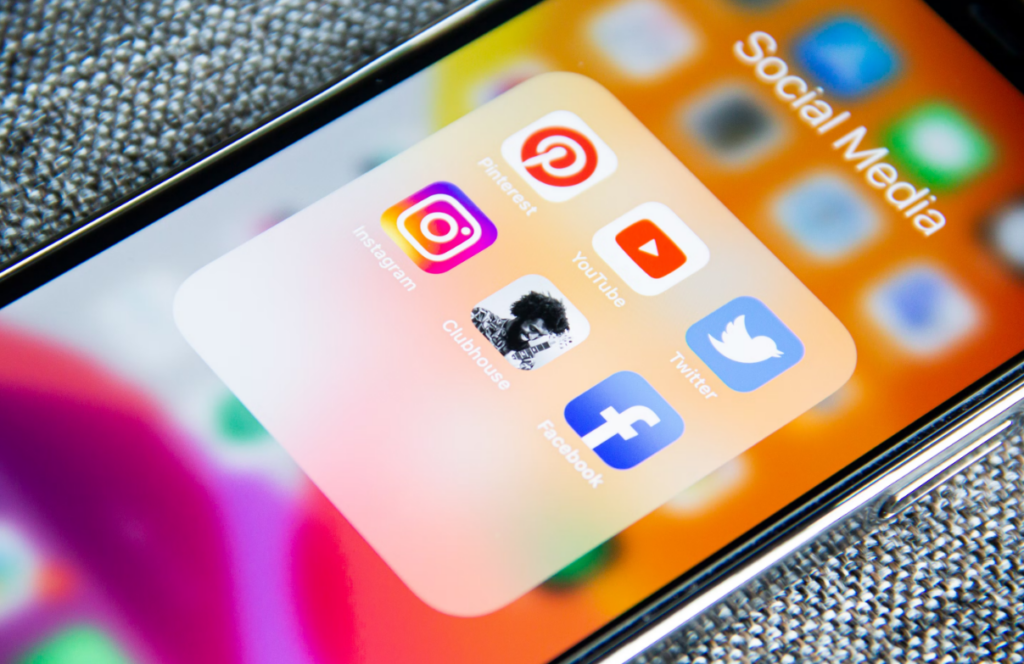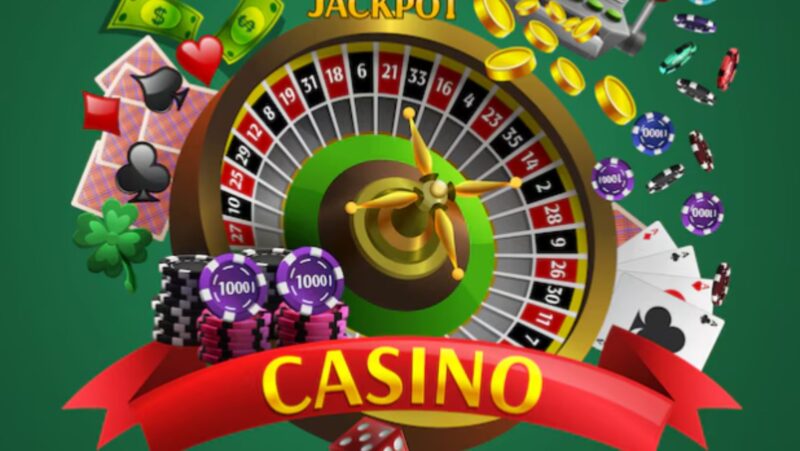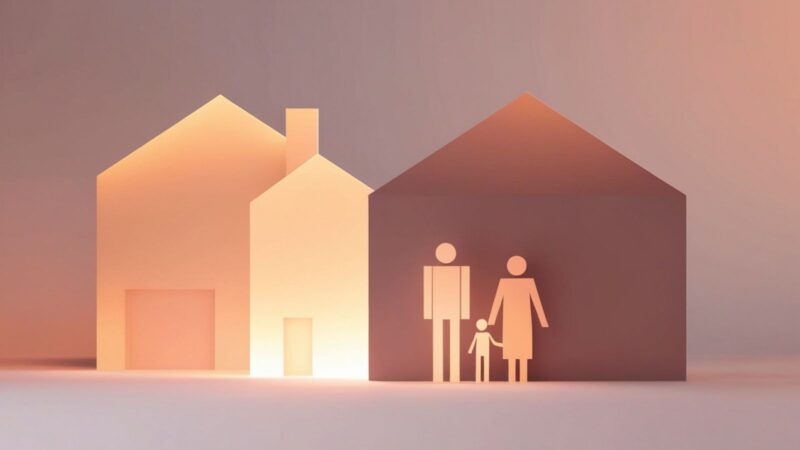
In today’s rapidly evolving digital landscape, social media has emerged as the quintessential hangout spot for teenagers around the world. Social media platforms are not just about scrolling through feeds anymore; they also provide a space for sharing various types of content, including png images.
They’ve instead become a virtual universe where every post, like, and comment plays a role in shaping our social identities and influencing how we perceive ourselves and others. With platforms like TikTok, Snapchat, and Instagram dominating our screens, it’s easy to get lost in the whirlwind of selfies, memes, and trending challenges.
But beneath the surface of this digital frenzy lies a complex interplay between social media and teenage mental health. From the exhilarating highs of likes to the gut-wrenching lows of cyberbullying, social media has a profound impact on our emotional well-being.
This impact is even more complex on impressionable teenagers. Yale Medicine observed that American teens who spend over 3 hours on social media platforms every day have a higher risk of developing symptoms of anxiety and depression. The article notes that the biggest disadvantage these platforms pose for young minds is the easy accessibility of harmful and inappropriate content.
As we navigate the highs and lows of adolescence in the digital age, it’s crucial to delve deeper into the positive and negative impact of social media on our thoughts, behaviors, and self-perceptions. Allow us to break it down for you in this article.
Social media platforms offer various forms of communication, including text, images, videos, and live streams, allowing users to connect with friends, family, and even strangers across the globe. From Facebook and Twitter to Instagram and Snapchat, they’ve become an integral part of teenage life, with the majority of adolescents actively engaging with them daily.
Facebook, the pioneer of social networking, remains a prominent platform for connecting with friends, sharing updates, and joining groups based on common interests. Twitter, known for its brevity and real-time updates, is popular among teenagers for sharing thoughts, opinions and following trends.
Meanwhile, visual-centric platforms like Instagram and Snapchat have revolutionized how teenagers share moments and express themselves through photos, videos, and stories. Instagram’s aesthetic appeal makes it an ideal platform for showcasing lifestyles and cultivating personal brands, while Snapchat’s ephemeral nature encourages spontaneous and authentic interactions.
Emerging platforms like TikTok have rapidly gained popularity among teenagers, offering a creative outlet for short-form videos and viral challenges. With its emphasis on user-generated content, TikTok has become a cultural phenomenon, influencing trends in music, fashion, and entertainment among teenagers worldwide.
A study published in the National Library of Medicine explained how an increased usage of social media among teenagers heightens the risk of mental distress, suicidality, and other self-harming behaviors. It also labeled the usage of social media and depression in teens to be “generally correlated”.
However, it would be wrong to call social media platforms “bad” for teenagers; their impact on young minds isn’t straightforward. At best, we can consider their effect on teenage mental health and well-being as “multi-faceted.”
From fostering connections with peers to providing platforms for self-expression and creativity, social media plays a significant role in enhancing various aspects of teenage life. Let’s start by understanding the positive impact these platforms have on teen mental health:
Connection and Communication with Peers
Social media platforms serve as virtual gathering spaces where teenagers can connect and communicate with friends, classmates, and peers from around the world.
Through features like messaging, comments, and group chats, they can maintain relationships with one another, even when separated by physical distance. These online connections provide a sense of belonging and camaraderie, bolstering social bonds and reducing feelings of isolation or loneliness.
Access to Support Networks and Resources
In addition to facilitating peer-to-peer communication, social media platforms offer access to a diverse range of support networks and resources for teenagers facing various challenges.

Online communities and forums provide spaces where teens can seek advice, share experiences, and receive emotional support from others who may have similar experiences or interests.
Moreover, organizations and mental health professionals often utilize social media to disseminate information, raise awareness, and provide resources for managing mental health issues.
Practical Skills That Promote Confidence and Safety
Opportunities for Self-Expression and Creativity
Social media platforms also offer teenagers unprecedented opportunities for self-expression and creativity, allowing them to share their thoughts, opinions, and talents with a global audience.
VeryWell Family notes that social media makes an ideal tool for teenagers to channel their creativity and personal expression. And when they’re given avenues for being authentic, they’re more content with their identity and ultimately, happier.
Whether through photography, music, writing, or other forms of creative expression, social media enables teenagers to find their voice and share their stories with the world.
While social media offers numerous benefits, it also poses significant risks to the mental well-being of teenagers. Allow us to walk you through the major threat social media poses on teen’s mental well-being:
Fear of Missing Out (FOMO) and Anxiety
Have you noticed the growing number of trends on social media lately?
This constant stream of activity, which compels teens to check their feeds, instills in them a pervasive sense of fear of missing out (FOMO).
The fear of missing out can fuel anxiety and stress, as teenagers feel pressured to keep up with the curated lives presented on social media.
Moreover, the relentless pursuit of likes and validation can contribute to a cycle of anxiety and self-doubt, as teenagers anxiously monitor their online presence and seek external validation to bolster their self-esteem.
The ongoing Facebook lawsuit is the ideal example of how people around the world have sued Facebook’s Meta for placing them at risk of developing mental health issues.
The roots of the lawsuit lay in the evidence of mental health effects of Facebook and Instagram found in the company’s internal documents leaked by their former data engineer in 2019. The assessment of these documents reveals that Meta knew the impact of social media on teen mental health, but instead of taking action, it continued to engineer its algorithm.
Comparison and Self-esteem Issues
The thriving culture of comparison on social media platforms has to be one of its most pervasive negative effects on teen mental health.
Teenagers are constantly bombarded with idealized images portrayed by their peers and influencers, leading to feelings of inadequacy and insecurity. TorHoerman Law notes that young social media users are at risk of developing mental health issues, especially low self-esteem.
Scrolling through meticulously curated feeds filled with filtered photos and highlight reels, teens tend to adopt unrealistic standards of beauty, success, and happiness. This, in turn, leads to dissatisfaction with their own lives and identities.
Cyberbullying and Harassment
Social media platforms have also led to people using anonymity as a tool, which creates an environment that leaves room for cyberbullying and harassment.
It’s easy for teenagers to find themselves caught in online abuse, such as malicious comments, rumors, and threats. These experiences tend to impact their mental health and well-being devastatingly.

Cyberbullying, a common phenomenon on social media, instills feelings of fear, shame, and isolation among teens. These feelings not only worsen other mental health issues, but also impact their academic performance, social relationships, and overall quality of life.
Frequently Asked Questions (FAQs)
It is found that students who use social media while studying stand the risk of suffering from cognitive overload, which impacts their learning quality and information retention ability negatively.
The top 3 social media platforms are Facebook, WhatsApp, and YouTube, with their monthly active user count being 3.05 billion, 2.78 billion, and 2.49 billion respectively.
Research shows that TikTok has emerged as a teen-favorite platform in the US since 2022. In the last two years, the Facebook-using teenage population has declined in the country, with it being replaced by Snapchat and Instagram.
To sum it up, the intersection of teenage minds and social media in the digital age brings forward a mixed palette of opportunities and challenges.
While social media offers teenagers avenues for connection, self-expression, and creativity, it also makes them vulnerable to comparison, cyberbullying, and anxiety.
To carve out a safe and progressive path for yourself on social media platforms, you must be mindful of the content you consume, the trends and influences you follow, and the kind of users you interact with.












